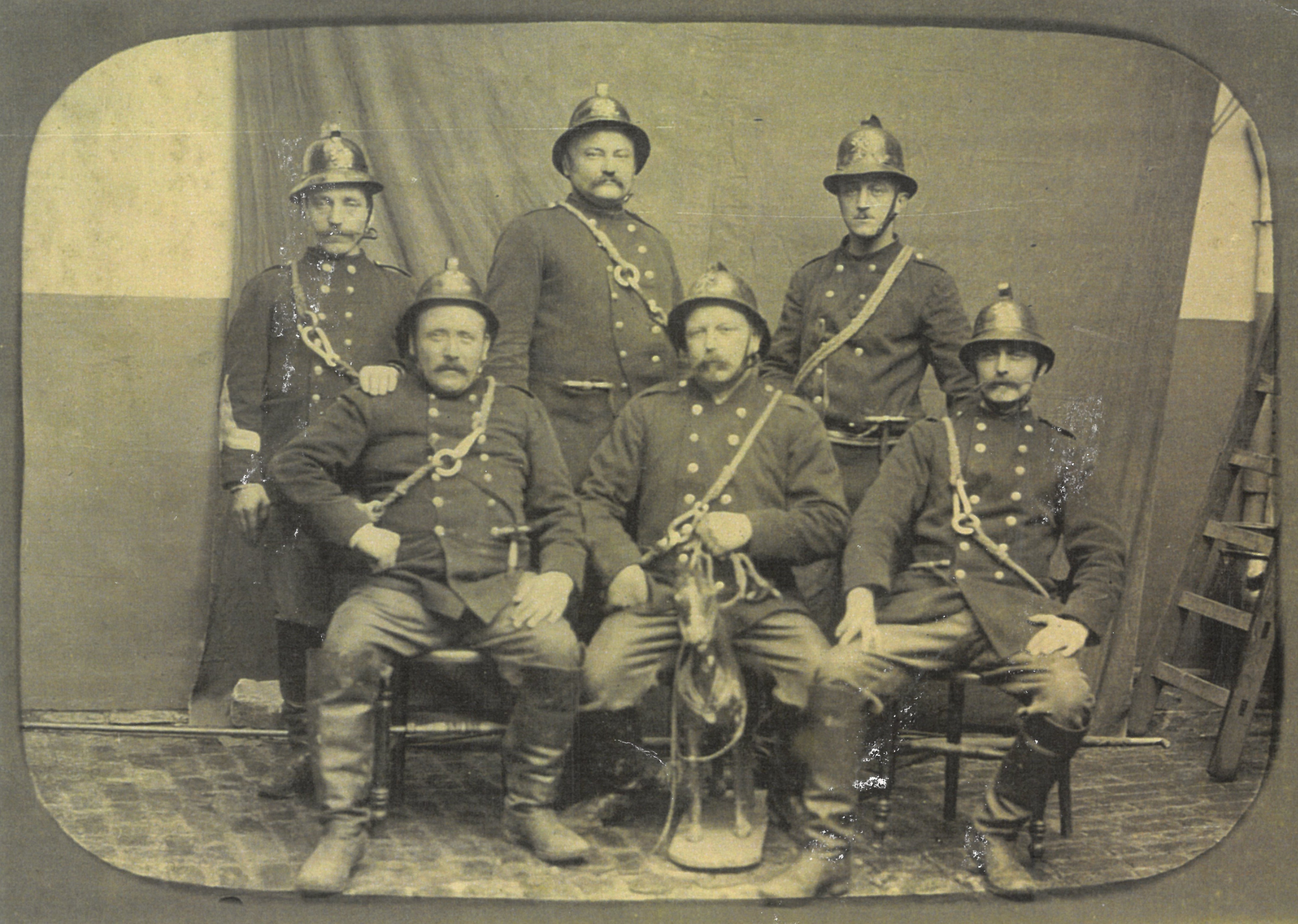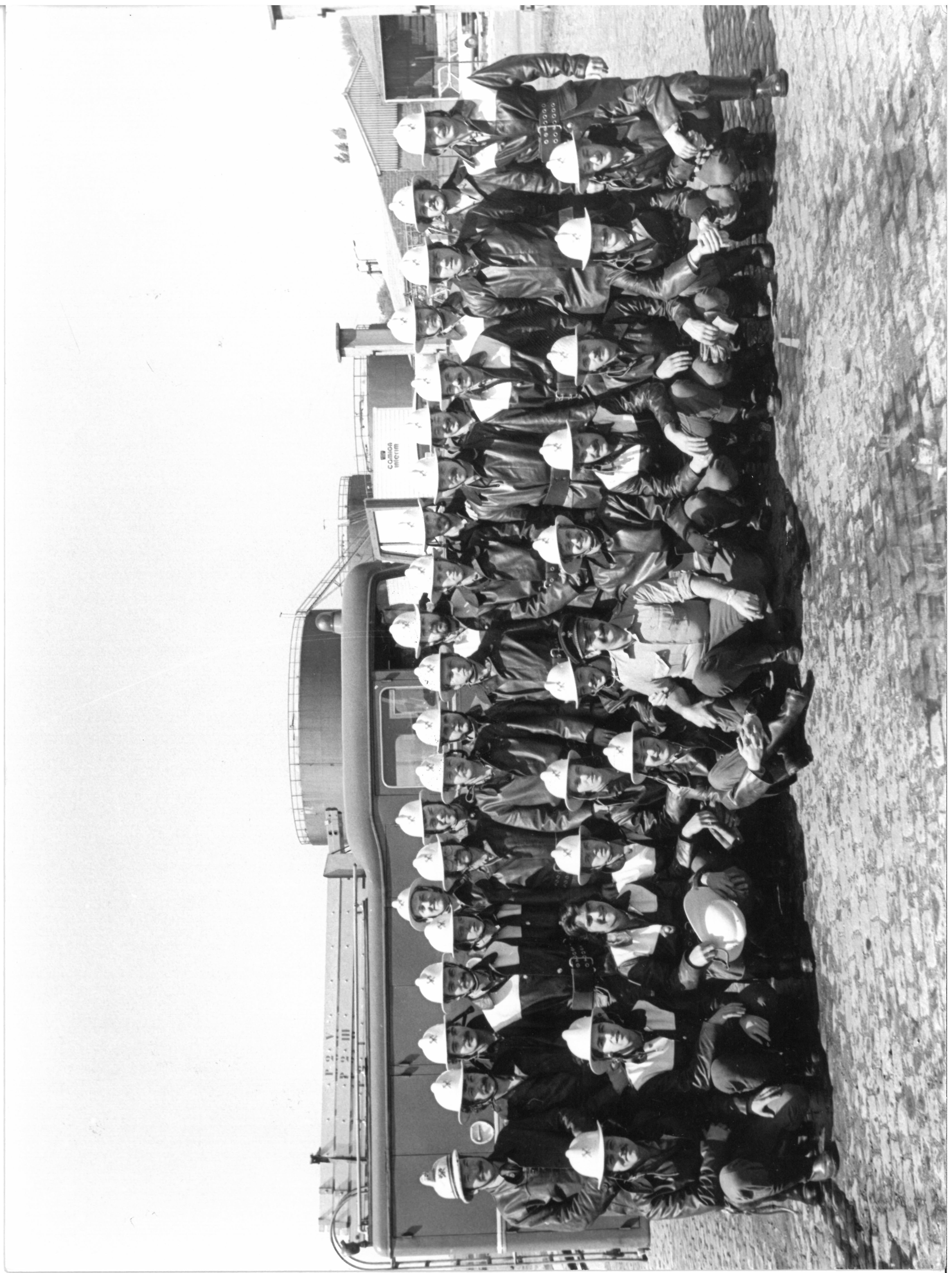Our missions
Our commitment
to your safety 24/7
The first thing you need to know and that many people do not know is that emergency medical assistance accounts for 85% of our operations.
So, first and foremost, we are ambulance drivers..
Of course, we take care of fire-fighting, but we also carry out many other missions: a person trapped and in danger? A hazardous product that is spreading? A tree threatening to fall on a public road? A dangerous hornets' nest? We get the job done.

Our missions
Our commitment
to your safety 24/7
The first thing you need to know and that many people do not know is that emergency medical assistance accounts for 85% of our operations.
So, first and foremost, we are ambulance drivers..
Of course, we take care of fire-fighting, but we also carry out many other missions: a person trapped and in danger? A hazardous product that is spreading? A tree threatening to fall on a public road? A dangerous hornets' nest? We get the job done.

Our missions
Different types of operation

Emergency medical aid
first aid, casualty transport...
Fighting fires and explosions
all types of fire
Rescuing people and protecting their property
people who are trapped, obstacles on public roads, flooding, danger of collapse, dangerous or endangered animals...The risk cycle
anticipate and act
As part of these missions (with the exception of emergency medical assistance), we implement measures to limit the consequences of an emergency situation before and after its occurrence. This is what we call the risk cycle:
Forecast
risk inventory and assessmentPrevention
measures to limit the probability and impact of risksPreparation
measures to ensure service readiness in the event of a real incidentExecution
emergency management, if necessaryEvaluation
identification and adoption of measures to improve each stage of the cycleIn fact, we have two departments that specialise in prevention and preparedness. Prevention carries out analyses and inspections in buildings and at events to ensure that the safety conditions are respected. It also coordinates public awareness campaigns. Preparedness determines the resources, training and procedures we need to be effective. Among other things, it creates emergency plans and procedures and coordinates the training of our operational staff.
Our values
Our purpose
The Brussels firefighters are always ready, with dedication and passion, to help protect our living environment and contribute to a safer life in society.
Service
Our vocation is to help and protect, often in difficult situations. We give absolute priority to the people who need us, by being reliable at all times.
Team spirit
We are united in action and work in a relationship of trust with our colleagues. We nurture a positive, inclusive environment where everyone can express themselves, to foster optimum cooperation.
Respect
We have a duty to set an example and we treat everyone
with respect and without discrimination.
We value diversity and recognise the contributions of
all team members.
Integrity
We are courageous, honest and transparent in everything we do. We do the right thing, keep our promises and take responsibility for our actions.
Efficiency
We are funded by the community to serve the community, and we are always striving to improve our performance. We always give our best.
figures
Nearly 4% more interventions each year






The five specialised intervention units
- RISC(Rescue In Safe Conditions) : Operations at height or depth
- DIVE : Diver
- HAZMAT(Hazardous Materials) : hazardous substances
- ART(Animal Rescue Team) : animal rescue and neutralisation
- CET(Casualty Extraction Team) : extraction of victims in the event of shootings and attacks
Our districts
For optimum
coverage of the Region
We carry out regular risk analyses, not least to ensure that we can provide the right help as quickly as possible. In almost 90% of cases, we respond in less than 10 minutes for emergency medical assistance and less than 12 minutes for firefighting.
Our main fire station is on Avenue de l'Héliport.
This is where you can find us and send us your requests. The rest of our operational teams are spread throughout the Region.
We are also building three new fire stations in Brussels, Anderlecht and Ixelles.
They will replace fire stations that are no longer suited to the demands of our work. They include larger garages and the creation of decontamination areas and new mixed-use spaces, all with a particular focus on sustainability and energy savings.
The path towards unity
History of the Fire and Rescue Services in Brussels
 1830-1913
1830-1913
DIVERSITY OF MUNICIPAL BODIES
The new Belgium entrusted the municipalities with the responsibility of fire fighting. Firefighters are not all in the same boat. Equipment varies according to budget and status: professional, volunteer, mixed, dependant on law enforcement, etc.
 1914-1930
1914-1930
REDUCTION IN THE NUMBER OF BODIES
After the First World War, some Brussels municipalities disbanded their fire services for financial reasons. They signed agreements with neighbouring municipalities to provide rescue services. Other municipalities merged as the port expanded and the canal widened. We bring together entities from the municipalities of Brussels, Laeken, Haren and Neder-Over-Heembeek.
 1931-1945
1931-1945
FIRST REGIONAL ORGANISATION
Fearing a second global conflict, the Belgian Government added a regional level to the organisation of war relief: the "Groupes Régionaux de Défense contre l'Incendie" (GRDI - Regional Fire Defence Groups). During the war, Brussels' nine municipal bodies were grouped together in a single GRDI. The firefighters supervised the volunteers of the "Défense Aérienne Passive" (Passive Air Defence) (forerunner of the Civil Protection) which carried out numerous rescue missions during the bombings. The GRDI was disbanded after the war.
 1946-1972
1946-1972
PROBLEMATIC HETEROGENEITY
After the war, only five municipal authorities remained: Brussels, Anderlecht, Molenbeek, Schaerbeek and Ixelles. They covered the 19 Brussels municipalities and a few municipalities on the outskirts. The willingness to collaborate was there, but the equipment and vehicles remained heterogeneous. On 22 May 1967, the Innovation Fire killed 251 people and tragically demonstrated the problem. The Belgian State then provided the legal tools to enable municipal bodies to merge.
 1973-1989
1973-1989
BRUSSELS AGGLOMERATION
In 1973, a new supra-municipal administrative entity was created: the Brussels Agglomeration. It was given responsibility for fire-fighting and first-aid extinguishing. The five municipal bodies were merged, resulting in a wide-ranging reorganisation on several levels: administrative, operational, logistical and technical.
 1990-2003
1990-2003
BRUSSELS-CAPITAL REGION
New regional institutions were created as part of the third State reform. The fire brigade was transferred from the Agglomeration to the Region, becoming a public interest organisation under the supervision of the regional government. It was renamed "Service d'Incendie et d'Aide Médicale Urgente de la Région de Bruxelles-Capitale" (Fire and Emergency Medical Service of the Brussels Capital Region). The name changed, but the service remained the same in practice.
 2004-2014
2004-2014
CIVIL SECURITY REFORM
On 30 July 2004, a gas pipeline exploded in Ghislenghien, Hainaut. Civil protection was reformed in the wake of the disaster; one of the aims was to standardise working methods and better coordinate operations. Belgium's fire services were grouped into 34 zones. As it was already operating as a zone, the Brussels fire brigade underwent few changes and became part of the system in 2014. However, the scope of its missions was broadened, with a more proactive approach to risk anticipation and prevention.
 2015-2023
2015-2023
FIRST REGIONAL ORGANISATION
The sixth State reform gave the Brussels Region greater autonomy, particularly in the areas of prevention and security. In March 2016, attacks plunged Belgium into mourning, underlining the importance of greater coordination between security stakeholders. In 2017, the federal government decided to close four of the six Civil Protection stations in Belgium, limiting the possibility of reinforcements in the event of a disaster. The Brussels Fire Service therefore had to prepare for new risks, notably CBRN-e (chemical, biological, radiological, nuclear and explosive).

